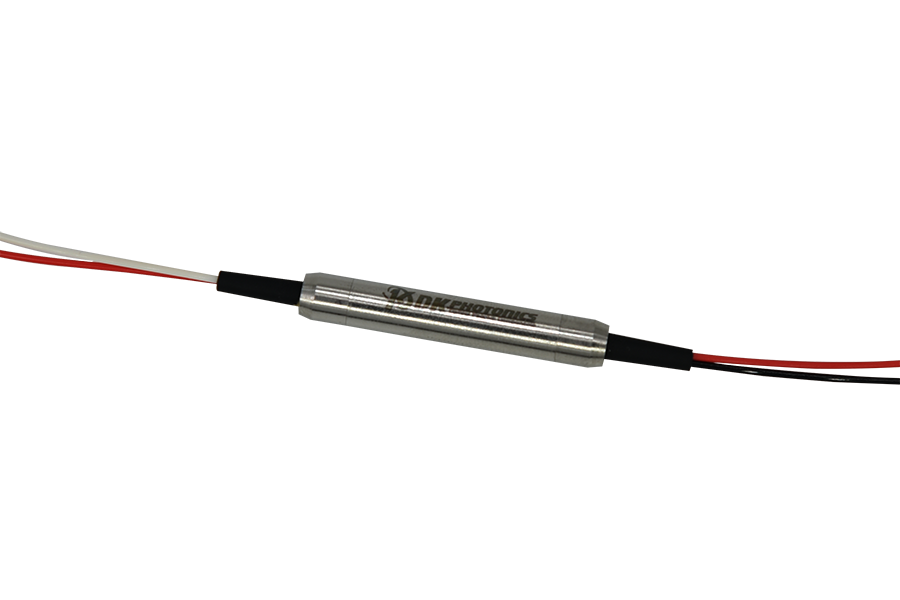Optical fibers have become the backbone of modern communication networks. By using light to transmit information, fiber optic cables can carry huge amounts of data at ultrafast speeds. One key technology that has helped to maximize the capacity of fiber is wavelength division multiplexing (WDM).
WDM uses different wavelengths to carry separate channels, and PM filters for WDM help in this process. This lets several signals travel over a single fiber simultaneously.
What is WDM?
WDM relies on the fact that light from different sources can use the same fiber optic cable without interfering with each other, as long as they are at different wavelengths.
For example, one channel may use light at 1550 nm while another uses 1530 nm. By combining multiple wavelength channels in the 1530 to 1565 nm range, a single fiber can carry tens or even hundreds of signals simultaneously.
The channels are spaced at regular intervals determined by the ITU grid, which provides set frequencies on the spectrum. This parallel transmission vastly multiplies the information capacity of the fiber optic network.
What is a PM Filter?
To combine and separate the individual wavelength channels in WDM systems, special optical filters are used. One type is the passband matching (PM) filter, also known as a passband flattening filter.
PM Filter for WDM have transmission spectrum that is precisely in line with the ITU grid channels. This allows them to pass only the desired wavelengths and reject all others, providing excellent isolation between adjacent channels.
PM filters use fiber Bragg gratings, that are made up of recurring changes in the refractive index of the fiber core. These act like mirrors that reflect particular wavelengths while transmitting all others. Through custom grating design, PM filters are able to produce passbands with very steep edges and flat tops that exactly match the ITU grid specifications.
Applications of PM Filters in WDM
PM filters play important roles in multiplexing and demultiplexing the different wavelength channels in WDM networks. On the transmitting end, they are used to combine channels by stacking their passbands. At the receiving end, PM filters separate and divert individual channels to their intended destinations.
PM filters also enable dense channel spacing for maximizing fiber capacity. By providing high channel isolation and low insertion loss, they allow channels to be packed more closely without interference. Interleaver filters using PM technology can double network capacity by interleaving two grids of densely spaced channels.
Who Needs PM Filters?
PM filters are essential components in the fiber optic networks used by:
- Telecommunication companies
- Internet service providers
- Cloud computing services
- Data centers
- Submarine cable operators
Any high-capacity optical network transmitting information via WDM requires PM filters to combine and separate the wavelength channels.
Benefits of PM Filters for WDM
Some key benefits provided by PM filters for WDM:
- High channel isolation up to 30 dB
- Low insertion loss down to 1 dB
- Temperature stability maintains performance
- Reliable passband alignment to ITU grid
- Compact, passive optical components
- Customizable based on network requirements
PM filters for WDM are critical passive optical components that enable dense WDM transmission over fiber networks. Their precisely aligned passbands allow multiple channels to be combined and separated as they are multiplexed and demultiplexed across the network. For any provider delivering high bandwidth services over fiber optics, PM filter for WDM ensures reliable, high capacity performance.


Leave A Comment